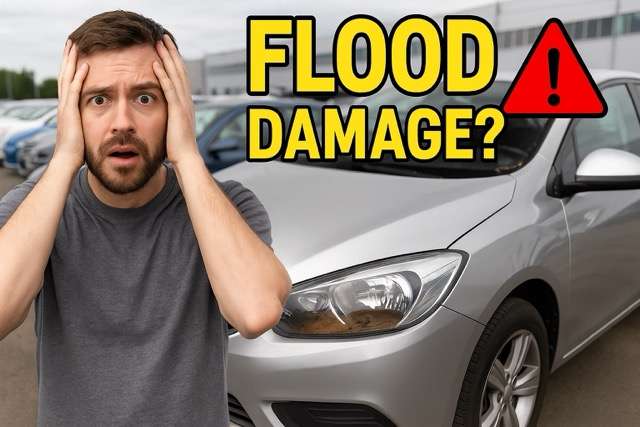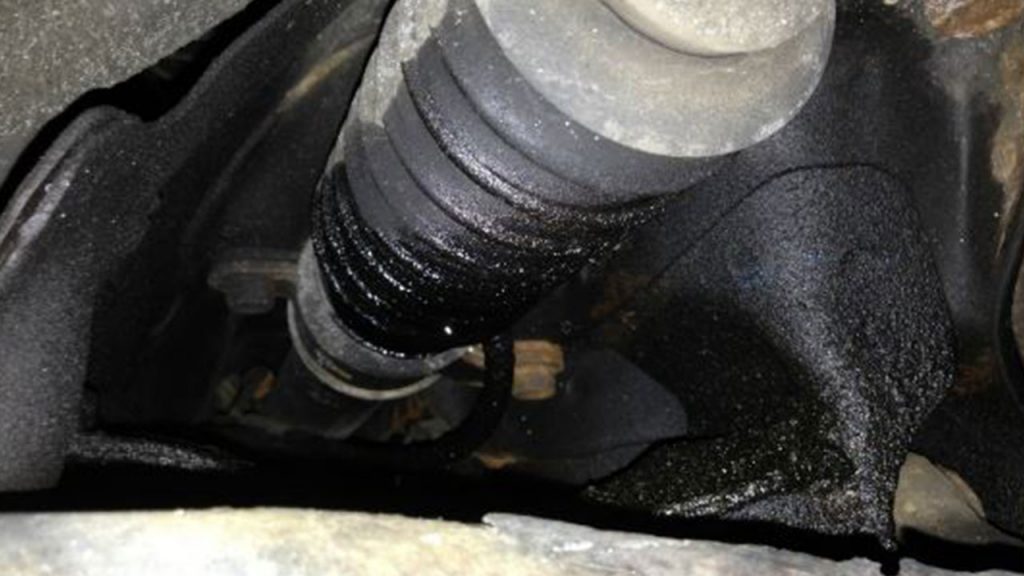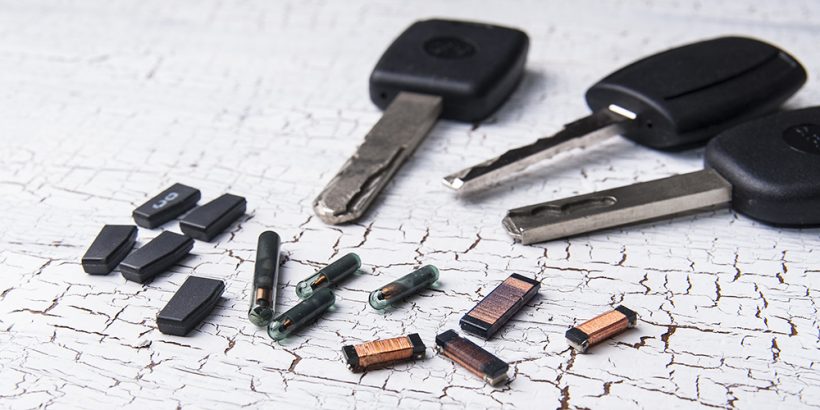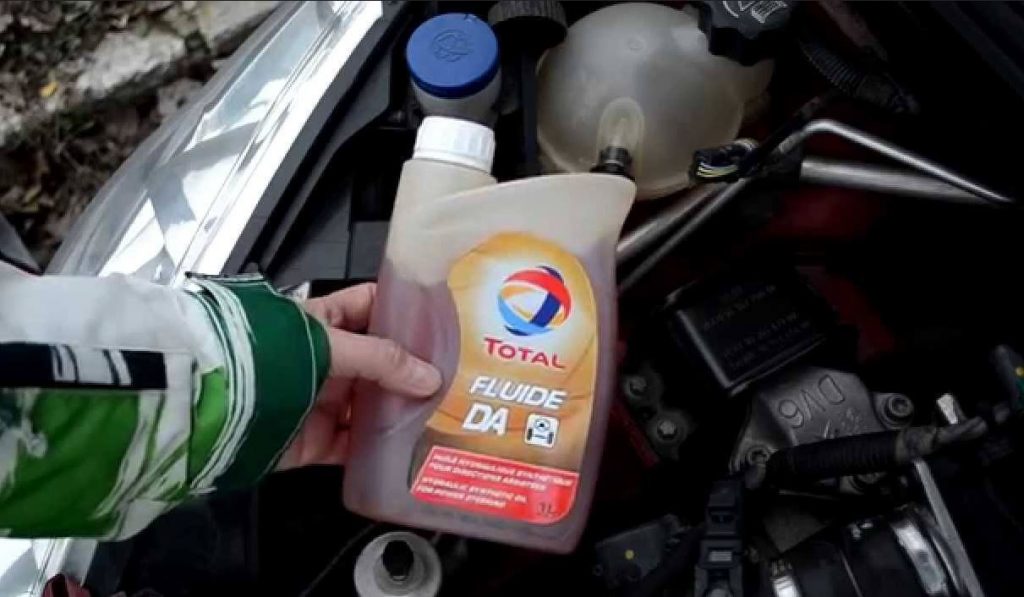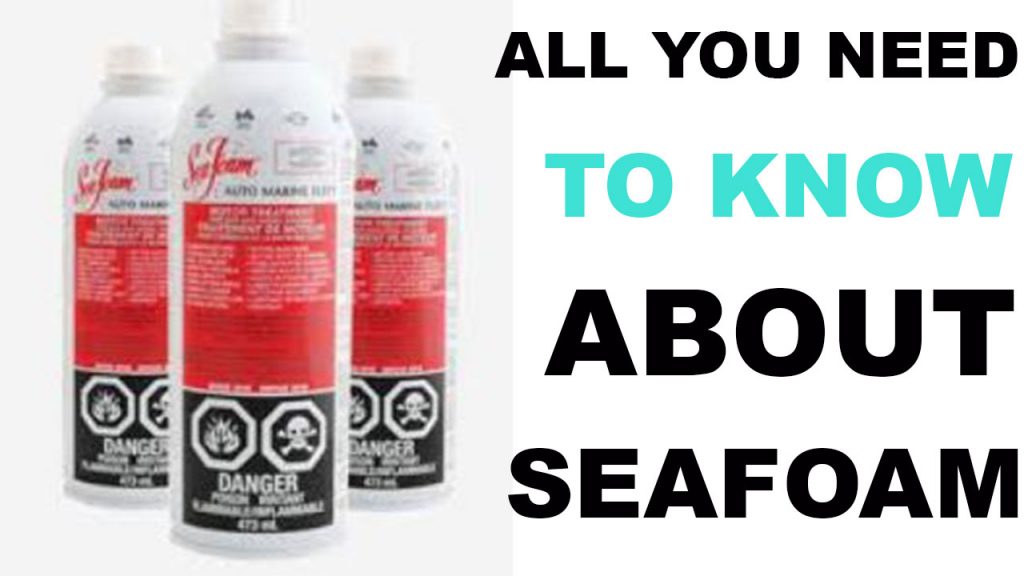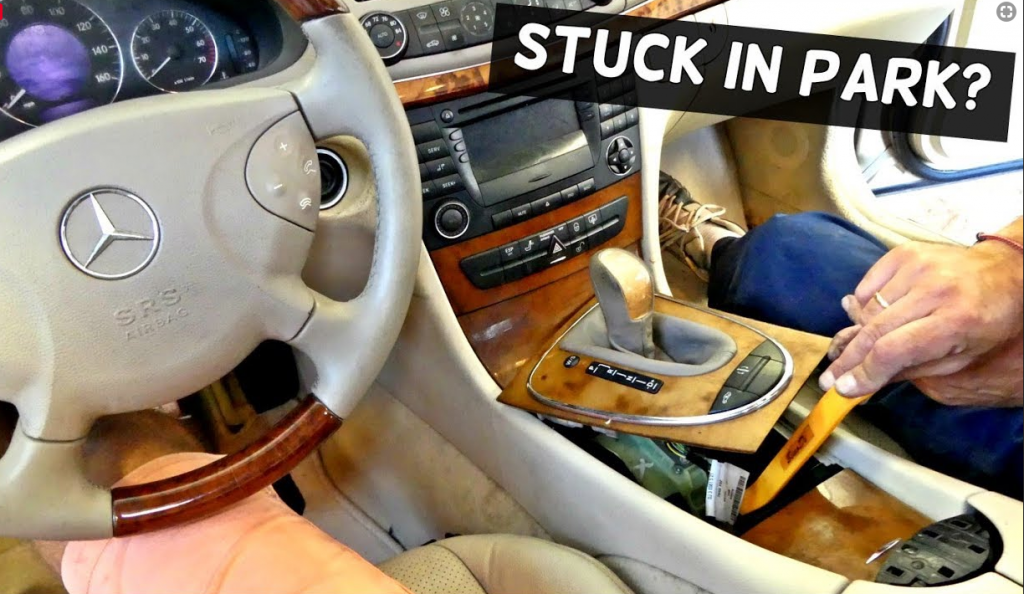What are the Common problems with flooded cars? So before you hand over your hard-earned money for that “too good to be true” used car, STOP. You have to read this buying used car checklist for the common problems with flooded cars.
Because there’s one hidden danger that can turn your dream car into a financial nightmare: flood damage. And no, it’s not always obvious. In fact, most flood-damaged cars look perfectly fine on the outside.
But once you own it? You’re stuck with a moldy, rust-prone, electrical disaster.
In this article on how to spot a flooded used car, I’m going to show you exactly how to spot a flood-damaged used car before you sign the papers. And I’ll break it down like a friend would, no jargon, no scare tactics, just clear, practical tips that could save you thousands.
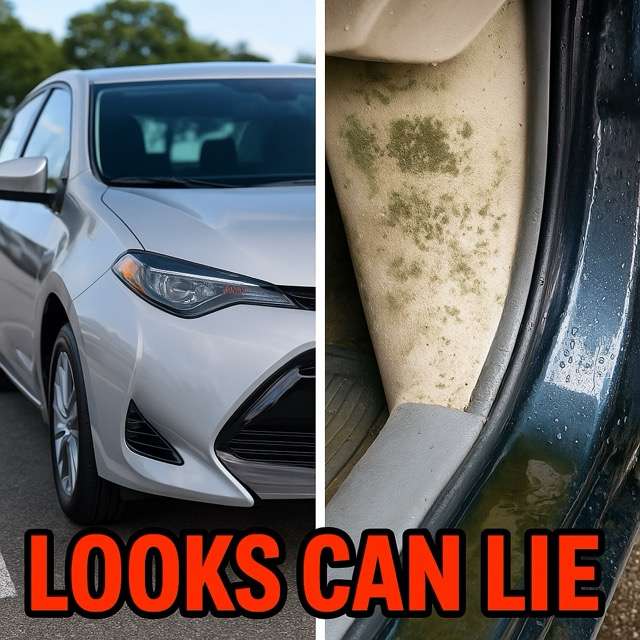
Why Flood-Damaged Cars Are So Dangerous
Here’s the thing: flood-damaged vehicles don’t just get wet. Water, especially saltwater, gets into everything:
- wiring
- sensors
- seat cushions
- even airbags
Sure, the car might drive fine now. But give it 3 to 6 months, and you’re looking at electrical glitches, mold smells, rusted brakes, and failing computers. The moment the car smells like mildew, please know that there is something fishy about that car.
How to Spot Common Problems with flooded cars (buying used car checklist)
And the worst part? Many of these vehicles are cleaned up, shipped across states, and sold to unsuspecting buyers, sometimes with clean titles. That’s why YOU need to know the signs, not just rely on the dealership or Carfax, you need to know these common problems with flooded cars.
what to check before buying a used car
Ask the Right Questions First
Before you even go inspect the car, ask the seller straight up:
- Has this car ever been in a flood or submerged?
- Do you have the full service history?
- Where was the car originally registered?
If they dodge the question, give vague answers, or refuse to give a history report, walk away. That’s a red flag right there.
And if the car’s been relocated from a recent flood zone, like Florida after a hurricane or the Mississippi basin, be extra cautious. A lot of flood cars are quickly auctioned and moved across the country to cover their tracks.
Check the Title and VIN Reports
Next up, don’t skip the paperwork.
You should always run the VIN through services like:
- Carfax
- AutoCheck
- National Insurance Crime Bureau (NICB) , it’s free!
What you’re looking for is any of these:
- “Salvage,” “Rebuilt,” or “Flood” title
- Unusual gaps in ownership history
- A sudden move from one state to another right after a known flood event
But here’s the catch: not all flood cars are officially branded. Some get cleaned up and retitled in a new state to “wash” the title. So don’t rely solely on the report. Use it as one layer of your inspection.
Do a Sniff Test (Literally)
Now let’s get practical.
The very first thing you should do when inspecting a car: open the door and sniff.
Flood-damaged cars often have a musty, sour, or chemical smell. Why? Because, no matter how well someone tries to mask it with cleaning, air fresheners, or shampooing, mildew and smells always lingers.
Check if the car smells like:
- Damp basement
- Moldy clothes
- Strong perfume (which might be covering something)
If it smells like someone Febrezed the life out of it, be suspicious. Don’t ignore your nose. It knows.

Carpet & Seat Inspection
Floodwater gets into everything, and the carpet is one of the first places it shows.
Here’s how to check:
- Pull up the edge of the carpet near the door sill, yes, you can usually do this by hand.
- Look under the seats with a flashlight.
- Feel for dampness, grit, or stiffness under the padding.
You may also notice:
- Uneven fading
- Stains that don’t match the rest of the interior
- Brand-new carpet in an older car (Why was it replaced?)
Lift the trunk mat too. If the spare tire well has signs of rust or water residue, walk away.
Look for Rust in Weird Places
Rust on a car’s body is one thing. But rust inside the cabin, on components that should never be exposed to water? That’s a dead giveaway.
Check for rust on:
- Seat rails and brackets
- Under the dashboard
- Screws inside the glove box or center console
- Pedals and hinge bolts
Also, pop the hood and look for:
- Rust on electrical connectors
- Oxidation on aluminum parts
- Corroded battery terminals
If rust is showing up where it shouldn’t, it probably means water has been where it shouldn’t.
Check the Electronics (Everything)
This part’s critical. Flood-damaged cars often have intermittent electrical issues, even if they aren’t obvious at first.
So when you’re test-driving, make sure to:
- Roll every window up and down
- Lock and unlock all doors
- Turn on every light and signal
- Check all dashboard lights
- Try the radio, speakers, and screen
- Turn on the AC and heat on every setting
- Use the horn, sunroof, mirrors, etc.
Even better, bring an OBD2 scanner and plug it in. Look for pending codes and test sensors.
If anything flickers, lags, or doesn’t respond, it’s a sign of possible water damage.
Look Under the Hood & Under the Car
Pop the hood and take a close look, not just at the engine, but at the surrounding components.
Things to check:
- Debris in weird spots (leaves, silt, mud tucked into corners)
- Mismatched screws or plastic clips (means it’s been taken apart)
- Water lines along the firewall, battery tray, or radiator
- Muddy residue around electrical boxes
Then, crouch down and look underneath:
- Is there rust on the frame or suspension that seems excessive?
- Are any components cleaner than they should be (suspiciously power-washed)?
- Look at the drain holes, are they clogged or muddy?
A flooded car is often clean in weird places and dirty in places that should be clean.
Watch for Mold in HVAC and Upholstery
Floodwater can carry bacteria, sewage, and mildew, and guess where it loves to hide? In the HVAC system and fabric padding.
Here’s how to check:
- Turn the AC on full blast, do you smell anything weird?
- Flip through the AC and heat settings, is it consistent?
- Lift seat cushions slightly or push down, do they smell damp?
- Check for white, fuzzy residue in creases or under seats (that’s mold)
Also, look at the seatbelts, pull them all the way out, and check for staining or mildew at the base.
Get a Professional Pre-Purchase Inspection to avoid flooded car problems,
This one might seem obvious, but so many people skip it.
Always pay a trusted mechanic, not the dealership’s guy, to inspect the car before you buy it.
They’ll check places you can’t:
- Behind panels
- Inside electronics
- Beneath carpet layers
- Moisture sensors in airbag modules
And they’ll know the real signs of flood damage that amateurs miss. Trust me, spending $100–$150 now could save you thousands later.
Look, not every car that’s been through a flood will be obvious. Some are cleaned up so well you’d never suspect a thing… until months down the road when it starts glitching out, stinking up, or costing you repair after repair.
That’s why you need to be thorough, and don’t rush just because the price looks good.
Let’s recap the key takeaways real quick:
- Smell is your first clue, mildew never hides for long
- Check carpets, seat rails, and under panels
- Look for rust where it shouldn’t be
- Test every single electronic component
- Watch for debris, silt, or mismatched interior parts
- And always…always…get a pre-purchase inspection
If you follow these steps, you’ll be way ahead of the average buyer and way less likely to drive off with someone else’s flood problem.
If this helped you out, do me a favor: smash that like button so more people can avoid buying flood-damaged cars.
Drop a comment if you’ve ever been scammed or almost bought a lemon. I’d love to hear your story.

